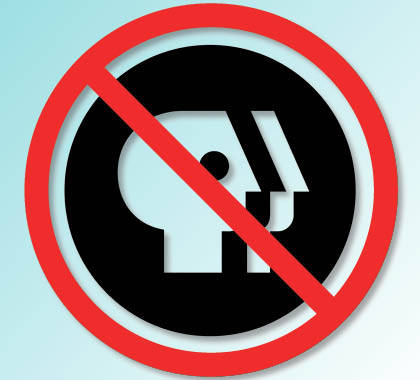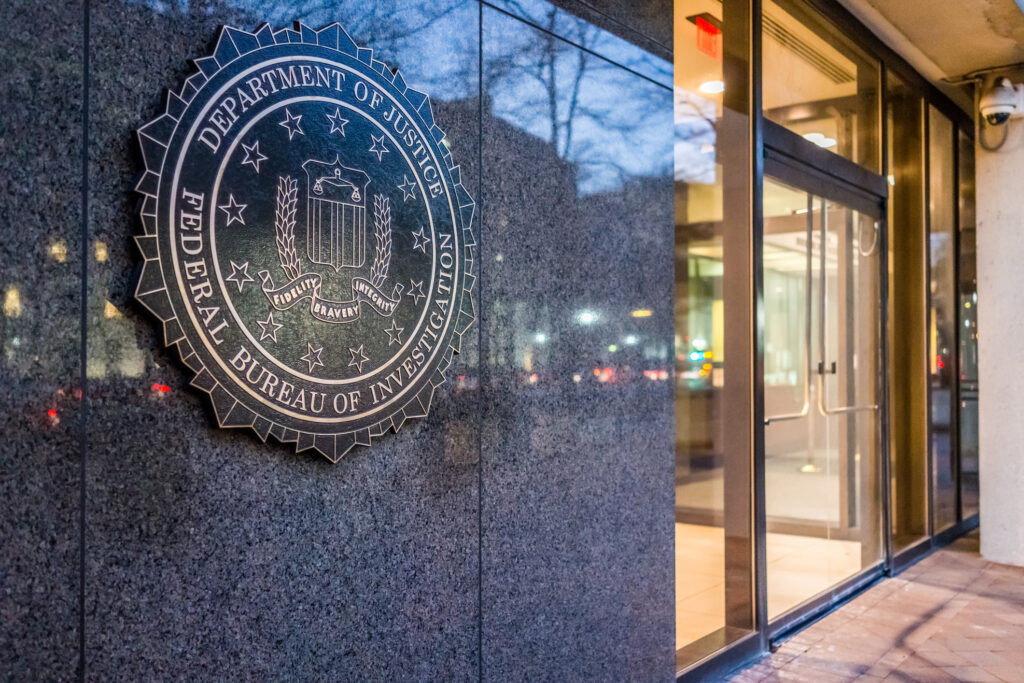The Public Broadcasting Service (PBS) is home to Big Bird, Frontline, and other “programing made possible by viewers like you,” including lesson plans instructing teachers how to show kids to be more sympathetic to radical Islamic suicide bombers in Palestine.
“Dying to be a Martyr.” That’s the name of a lesson plan offered to students and teachers at no cost by the Public Broadcasting Service, a taxpayer-funded nonprofit, and some of the material seems to encourage students to learn to sympathize with radical Islamic terrorists.
The “Dying to be a Martyr” lesson plan is offered through PBS’ LearningMedia website, “a media-on-demand service offering educators access to the best of public media and delivers research-based, classroom-ready digital learning experiences,” according to the PBS website.
The stated “objectives” for the lesson plan, which is designed for use by students in grades nine through 12, include analyzing “why the Middle East conflict began and continues today,” discussing “how religions can unite or divide people” and explaining “why individuals and groups sometimes turn to tactics of terrorism, and evaluate how terrorism affects the world we live in.”
“Part 1” of the lesson instructs teachers to use the provided materials to help explain the similarities and differences between Christianity, Islam and Judaism.
In “Part 2,” students are provided with material that is meant to show how the nation of Israel came into existence and to explain the source of the conflict between the people of Palestine and Israel. Students examine several important historical documents, including the Balfour Declaration and U.N. General Assembly Resolution 181.
At the end of “Part 2,” teachers are instructed to ask students “to draw two faces that show emotions—one face for a Palestinian Muslim after seeing these documents, and one face for an Israeli Jew … (For example, a student may draw a happy face for an Israeli Jew and an angry face for a Palestinian Muslim).”
It’s in “Part 3” the lesson plan takes a disturbing turn. First, students watch a video of 18-year-old Mohanned Abu Tayyoun, a Palestinian terrorist “who entered Israel carrying a bag of explosives with the intention of carrying out a suicide bombing.” Mohanned “wavered, however, and returned home without carrying out the mission.”
In the video, which is called by the lesson plan the “Martyrdom” video, Mohanned is interviewed from a jail cell in Israel, where he is asked why he wanted to be a suicide bomber.
Mohanned responds, “It was my decision. Martyrdom leads us to God. I don’t want this life. When you become a martyr, your prize for carrying out the operation is going to heaven. … We Palestinians prefer to die, just kill ourselves, rather than live this worthless life. Our lives are worthless. We are hollow bodies living a pointless life.”
“Israelis enjoy their life,” Mohanned continued. “They go out at night. They have cafes and nightclubs. They travel all over the world. They go to America and Britain. We can’t even leave Palestine.”
Teachers are then instructed, “Check for understanding by asking students to respond to the focus question. (Mohanned feels he would rather die and by a martyr than live his life, sees his life as hollow—in contrast he sees Israelis as happy, going out, having fun, traveling.) Ask your students why Mohanned may feel that way (Answers may include: Palestinians have less land, fewer privileges, cannot come and go as they please.)”
Nothing in the instructions tells teachers to denounce Mohanned’s claims or radical Islamic views in general.
The final section of “Part 3” has students watch another video interview of Mohanned, this time where explains why he didn’t go through with the act. Teachers are instructed after the video ends, “Ask your students to share their thoughts on why Mohanned didn’t carry out the plan. (Mohanned felt that not all Jews were guilty of being against him, and that God wanted him to continue to live.)”
In Part 4, students are asked to watch a third video interview of an Islamic terrorist. This time, the video includes a terrorist who actually was involved in a suicide bombing. According to the lesson plan, “this is taken from an interview with 25-year-old Majdi Amer, who in March 2003 built a bomb and prepared a suicide bomber for a bus bombing in Haifa that killed 17 people and wounded 50.”
In the interview, Majdi is asked why he believes it’s acceptable to kill women and children, to which he explains, “If the Israelis kill a child in Gaza, I’m ready to kill one in Tel Aviv. If they destroy houses in Gaza, I’ll do it in Tel Aviv. If they give me security in my land, then there’s no problem.”
After students watch the interview, teachers are expected to ask students to explain “how Majdi and Mohanned’s opinions differ from one another, even though they are both Palestinians involved in suicide bombing plots. (Majdi feels that Islam calls for him to defend his land any way he can, he does not recognize the Jewish state, he will kill an Israeli for every Palestinian killed. Mohanned did not see every Jew as an enemy, did not want to kill innocent people, felt that God wanted him to live.)”
No instructions are provided telling teachers to denounce the radical claims made by Majdi, and there are no other lesson plans describing the conflict from the point of view of the Israelis.
On the lesson plan’s website, under the “Credits” section, JP Morgan Chase and the Corporation for Public Broadcasting are listed as the sources of funding. CPB is funded by the U.S. federal government, and it was first created by an act of Congress in 1967, under the leadership of Democratic Party President Lyndon Johnson.
Although it’s difficult to determine just how many teachers have used this lesson plan in their classrooms, it has been confirmed the lesson plan is listed in the New York State Education Department’s “Global History & Geography Online Resource Guide.” Tami Goldstein, a public school teacher at John F. Kennedy High School in Silver Spring, Maryland, lists the lesson plan on a website for a course she teaches at the school titled “Modern World History.”
On PBS’ website for teachers and students seeking educational resources, the lesson plan has been viewed more than 1,200 times.
At the end of March, the Christian Action Network sent a “Letter of Demand” to officials at the U.S. Department of Education, mandating the PBS LearningMedia website cease its “so-called educational material” covering topics related to Islam, which CAN said are “nothing more than indoctrinating students into Islamic religious beliefs, duties and actions.”
A review of the LearningMedia website by The Blaze found at least six lengthy lesson plans focused on teaching students about various aspects of Islam, including “The Five Pillars of Islam,” “The Haj: Journey to Mecca” and “Salat: Prayer in Muslim Life.” However, no similar lesson plans covering other religious groups—including Christianity, Judaism, Buddhism, Taoism or Hinduism—were discovered on the website.





